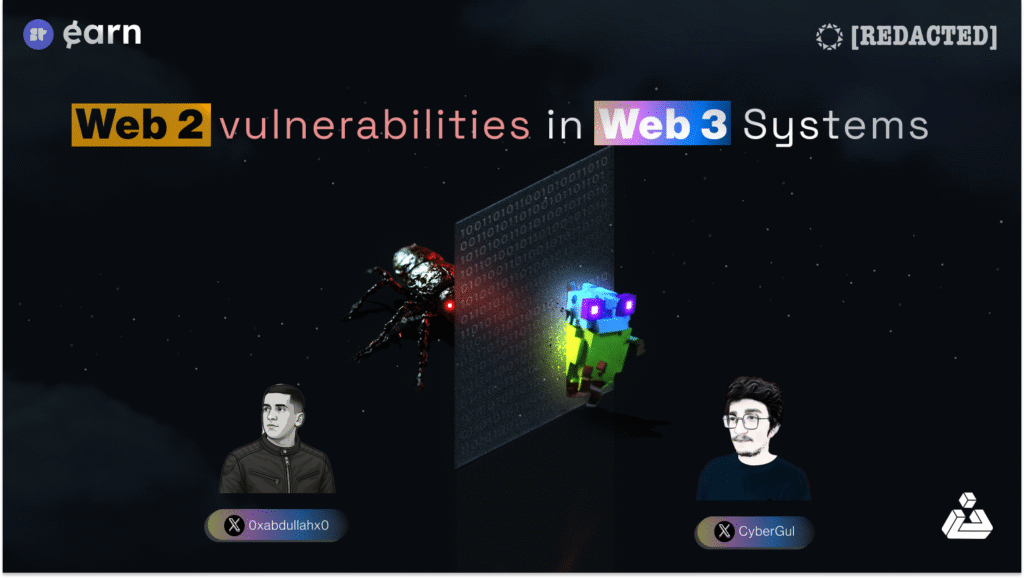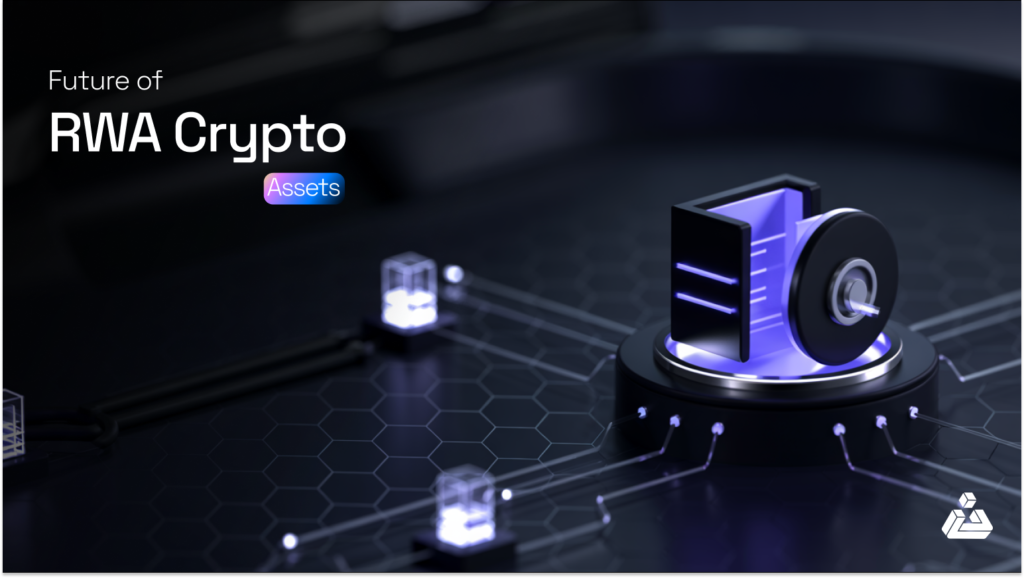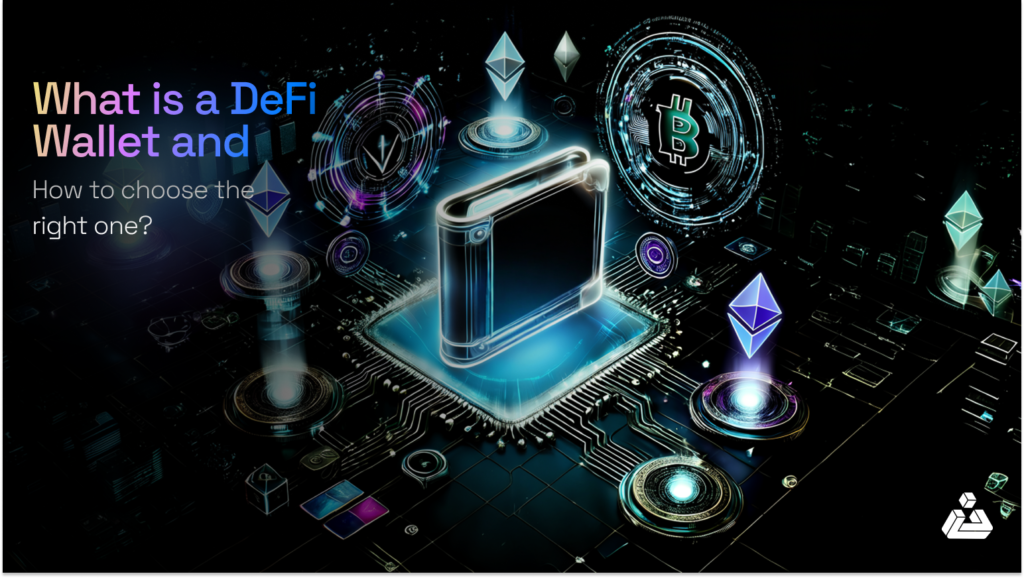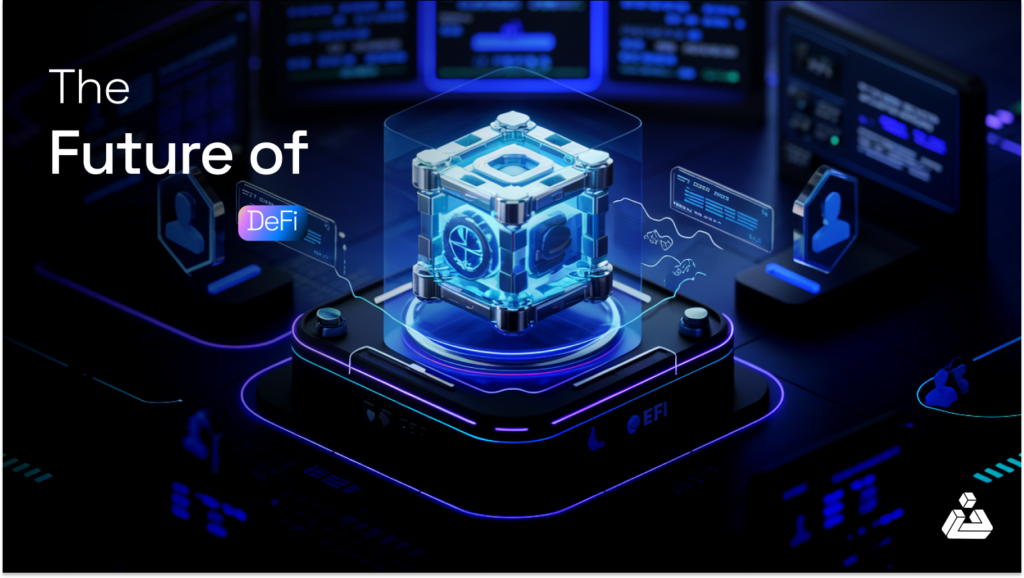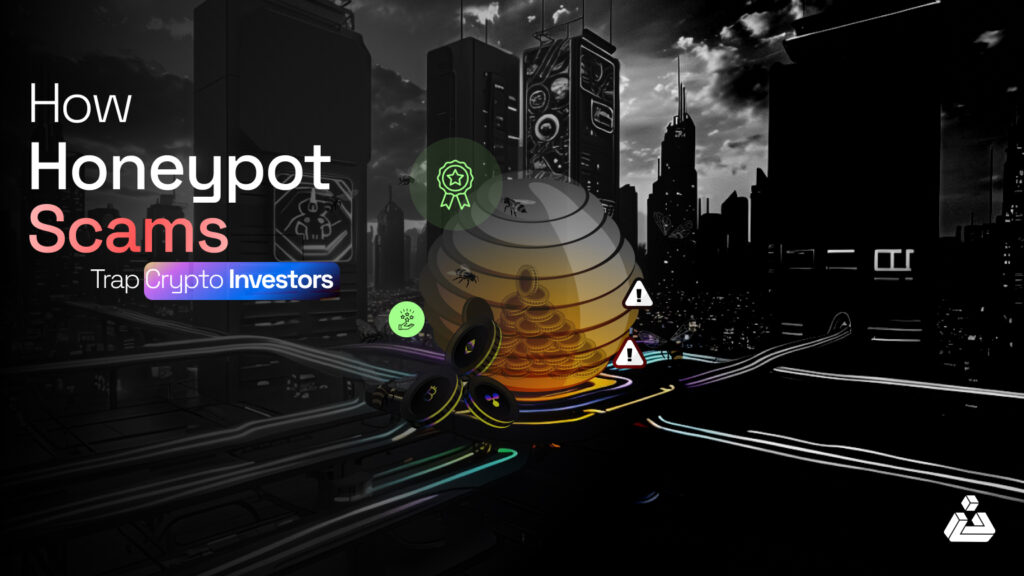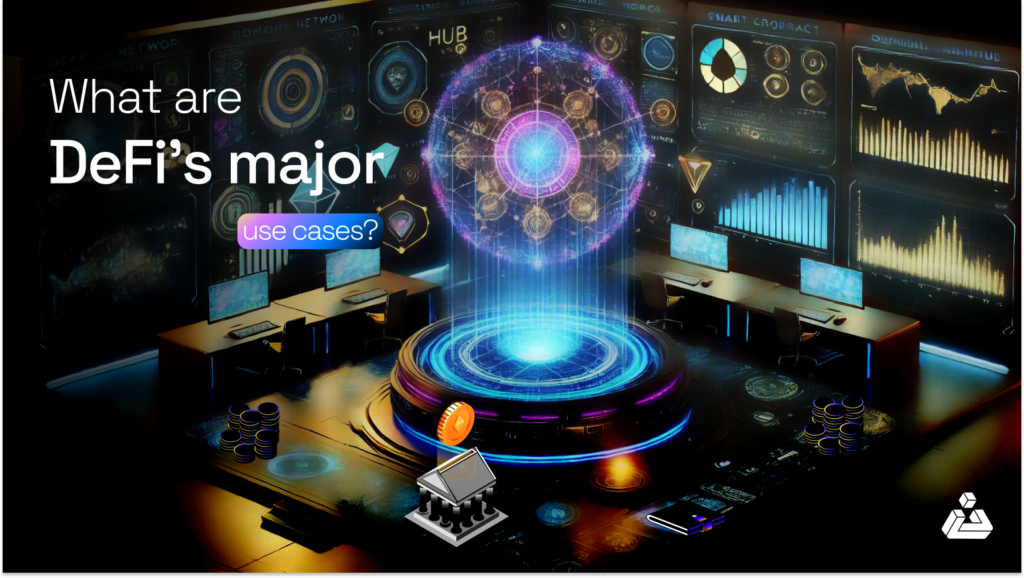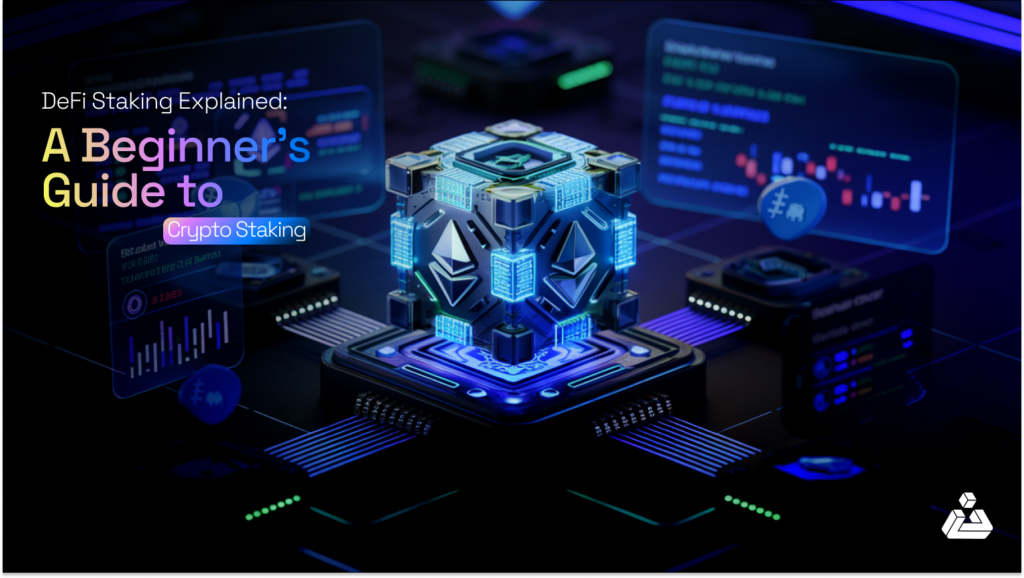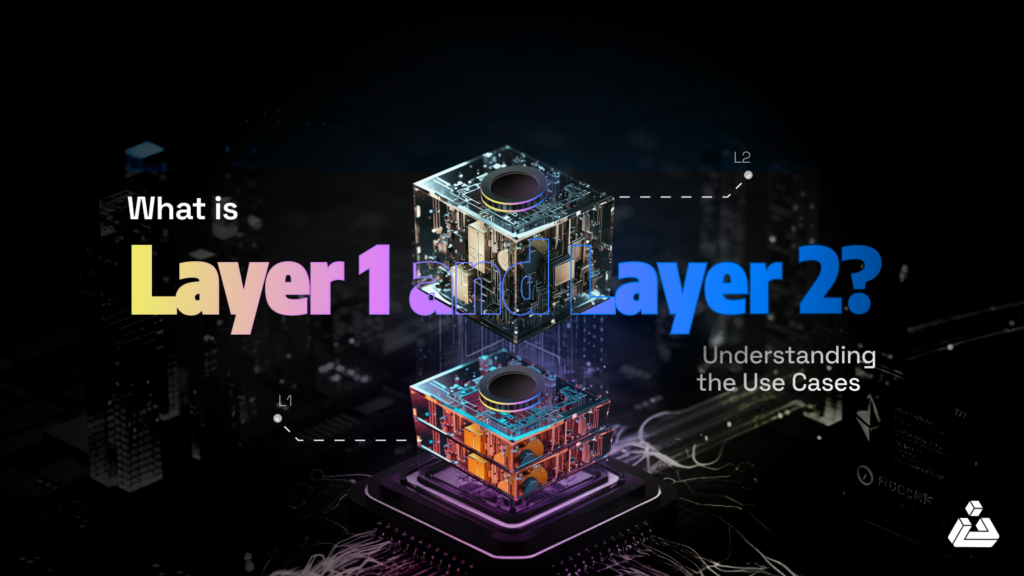Blockchain security is a topic that’s constantly under the spotlight for many reasons, and it often sparks debate. Some experts believe that “Good code keeps bugs away,” meaning that a secure blockchain is built on strong code, while others argue that the human factor is the weakest link in blockchain security.
They point out that while the blockchain itself is secure, the biggest risks for users come from losing private keys or falling victim to social engineering. It’s clear that user education on security practices and improving wallet UX are key to addressing these vulnerabilities.
In this blog, we’ll briefly explore how blockchain works, give an overview of major security issues, and highlight common types of attacks along with ways to prevent them.
What is Blockchain?
Blockchain technology originally referred to the design that powers the digital currency Bitcoin. Interestingly, the term “blockchain” was never mentioned in Bitcoin’s whitepaper.
Instead, Satoshi Nakamoto, creator of Bitcoin focused on presenting a software design that combined existing technologies to create a “purely peer-to-peer version of electronic cash.”
The term “blockchain” is coined not by chance, thus describes how the system works: it is a digital ledger made up of a “chain” of “blocks” containing data.
When new data is added, a fresh ‘block’ is created and linked to the previous ones forming a ‘chain’. This process ensures that all computers (nodes) in the network maintain an identical and updated copy of the ledger.
How does blockchain work?
Blockchain operates as a distributed ledger system that ensures transparency, security, and decentralization. At its core, blockchain technology relies on a process where new data is added to the network in the form of blocks.
However, before a block can be appended to the chain, it must go through a rigorous validation process by the network nodes (computers participating in the blockchain).
Imagine Alice wants to send 1 Bitcoin to Bob. First, Alice initiates a transaction by signing it with her private key, creating a digital signature. This transaction is broadcast to the network for verification making it transparent.
Consensus Mechanism
The legitimacy of this transaction is verified by a majority of nodes in the network. They ensure Alice has sufficient Bitcoin and that the transaction is not fraudulent or double-spent.
Unlike a centralized database where changes can be made by a single authority, blockchain operates through consensus—nodes must agree on the validity of the transaction.
Once verified, the transaction is bundled with others into a block. This block is then subjected to cryptographic processes where nodes solve complex mathematical puzzles to validate the data. This mechanism, known as proof of work in Bitcoin’s case, is computationally intensive and ensures the block’s integrity.
Block Addition
When consensus is reached, the block is securely linked to the previous block using a cryptographic hash, forming a chain.
As C. Neil Gray explains, “Blocks are securely linked together, forming a secure digital chain from the beginning of the ledger to the present.”
This immutable chain ensures that once data is recorded, it cannot be altered without consensus from the network.
Incentives for Validation
To incentivize nodes (often referred to as miners), they are rewarded with cryptocurrency. For example, miners on the Bitcoin network receive newly minted Bitcoin as a reward for their efforts in solving the computational puzzle.
This process not only ensures security but also adds new cryptocurrency to circulation. In this way, blockchain provides a transparent and secure way to process transactions, minimizing the risk of fraud and central authority manipulation.
“As a reward for their efforts in validating changes to the shared data, nodes are typically rewarded with new amounts of the blockchain’s native currency— e.g., new bitcoin on the bitcoin blockchain,” says Sarah Shtylman, fintech and blockchain counsel with Perkins Coie.

Key Security Considerations in Blockchain
Here are some key security considerations along with the preventive measures to avoid privacy breaches, loss, or theft.
-
Access Control and Identity Management
Public blockchains like Bitcoin and Ethereum are accessible to anyone, with permissions managed at the account level. In contrast, private blockchains used in enterprise settings require stricter access controls to safeguard sensitive data.
Enterprises should implement role-based access control, secure accounts with multi-factor authentication (MFA), and manage permissions on an as-needed basis.
-
Smart Contract Security
Smart contracts enable blockchain platforms to execute custom code, powering use cases like DeFi. However, they are prone to vulnerabilities that can lead to costly exploits.
Enterprises should apply application security best practices, conduct comprehensive audits, and perform ongoing testing to mitigate risks.
-
Private Key Management
Private keys are the foundation of blockchain security. Losing or compromising a private key can result in irreversible loss or malicious transactions.
Best practices include using hardware or multi-signature wallets and smart contract wallets with flexible authentication options to enhance security.
-
Network and Consensus Attacks
Blockchain consensus algorithms ensure the integrity of the digital ledger but may be vulnerable to 51% attacks, especially in smaller networks.
Enterprises should choose secure consensus mechanisms, maintain a robust pool of validators, and use monitoring tools to detect malicious activity. Recording state checkpoints on larger networks can further protect private blockchains.
-
Regulatory Compliance and Data Privacy
Regulations like GDPR impose challenges for enterprises using blockchain, particularly due to the immutable and transparent nature of ledgers.
To address these issues, solutions like zero-knowledge proofs (ZKPs) can securely summarize sensitive data on-chain while maintaining compliance with privacy laws.
Apart from these issues, there are direct and indirect security challenges observed by people working on-ground which differ from realities in theory and often lead to security breaches.
Let’s hear from one of the industry experts, Nader Dabit. He mentions quite a few things in his lengthy X post which we’ll break down for you here.

- Security Risks: Many people underestimate the severity of security vulnerabilities, such as users losing their identity and funds due to simple mistakes, making blockchain unsuitable for those without technical knowledge.
- Overvaluation: Many blockchain projects are overvalued, with companies lacking functional products but still attracting billions in investment. Some of these projects are overhyped, with critical issues unaddressed.
- Diversity of People: The blockchain space is filled with a wide range of individuals, including some with ill intentions, leading to mental health struggles for those in the spotlight.
- Limited Use Cases: While blockchain is advancing, it still has limited use cases that resonate with the average person, especially due to the complexity of wallet UX and security.
- Competition Over Collaboration: Many founders are focused on launching their own tokens instead of collaborating with others, leading to redundant efforts and competition rather than innovation.
- Unsustainable Business Models: Most blockchain projects are not generating revenue and instead rely on launching tokens, which makes it difficult to monetize products effectively.
- Hype Over Substance: Excessive hype often masks a lack of integrity, with many teams more focused on generating excitement than delivering actual value. Trust is earned through tangible products and updates.
Types of Attacks on Blockchain
Users often believe that blockchain encryption offers better security than traditional systems, assuming that tampering with the ledger is difficult without private keys.
However, this reputation is not foolproof. Blockchains can still expose sensitive data, leading to financial losses or data breaches. Organizations using blockchain should carefully evaluate their security risks and 90% crypto users maybe in danger.
Major security threats and real-world examples are discussed below along with proposed solutions.
1. Phishing Attacks
Phishing attacks, perhaps the most common type of attack, involve fraudsters attempting to trick blockchain participants into revealing their private keys or passwords, often through fraudulent emails or websites mimicking legitimate platforms.
Once attackers obtain the keys, they can perform unauthorized transactions, steal funds, or corrupt the blockchain’s integrity.
Real-World Example:
- On Sept. 28, 12,083 Spark Wrapped Ethereum (spWETH) tokens were stolen from a victim’s wallet, with the attacker transferring the tokens to multiple wallets.
In another case, a victim lost $1 million after copying a poisoned address from a contaminated transfer history, sending 410 ETH to a phishing attacker instead of the intended recipient.
Solution:
Improving user security awareness through comprehensive training programs about phishing threats and educating users about the importance of securing their private keys can reduce the risk.
2. Routing Attacks
Routing attacks occur when attackers intercept blockchain node communication during consensus requests. This disruption can isolate nodes, preventing them from making transactions or updating the blockchain. Such attacks can also lead to 51% attacks, slowing down business operations.
Real-World Example:
- In 2018, hackers used a BGP hijacking attack to redirect traffic from 19 ISPs, including Amazon and DigitalOcean, to steal Bitcoin from mining pools. The attacker gained control of mining traffic, pocketing up to $9,000 a day.
This attack exploited vulnerabilities in internet routing protocols and targeted Bitcoin mining operations.
Solution:
Securing blockchain communications using strong encryption protocols and continuous network monitoring can help identify and mitigate routing attacks before they cause damage.
3. Sybil Attacks
In a Sybil attack, an attacker creates multiple fake identities (or “dishonest nodes”) within the network to manipulate consensus and disrupt blockchain operations. These fraudulent nodes can block transactions or force honest nodes to act against their interests.
Real-World Example:
- In 2014, a Sybil attack targeted the Tor network, where an attacker controlled 115 relays from a single IP to compromise user identities. A similar attack in 2020 focused on Bitcoin users, intercepting transactions to steal funds.
Solution:
Implementing robust node validation protocols and requiring all nodes to pass rigorous authentication checks can mitigate the risk of Sybil attacks.
4. 51% Attacks
A 51% attack occurs when an attacker gains control of over half of the computational power or stake on a blockchain network. This allows the attacker to alter the blockchain’s transaction history and potentially double-spend cryptocurrencies.
Real-World Example:
- Ethereum Classic suffered from multiple 51% attacks in 2020, which led to double-spending incidents and caused $9 million in losses for cryptocurrency holders.
Solution:
Switching from proof-of-work (PoW) to proof-of-stake (PoS) consensus algorithms can significantly reduce the likelihood of a 51% attack. Additionally, enhancing transaction confirmation delays can make such attacks costly and difficult to execute.
5. Man-in-the-Middle (MITM) Attacks
MITM attacks happen when attackers intercept communications between users and blockchain nodes, altering transaction data. Attackers can divert cryptocurrency transactions to their wallets or steal private keys, gaining unauthorized access to users’ funds.
Solution:
Mitigating MITM attacks requires employing strong encryption methods and secure consensus mechanisms. Blockchain users should also verify transaction details independently to prevent manipulation.
6. Endpoint Vulnerabilities
Endpoint vulnerabilities occur when blockchain users store private keys on devices that are not adequately secured, making them susceptible to theft through hacking, physical theft of devices, or malware. If an attacker gains access to an endpoint, they can steal private keys and execute fraudulent transactions.
Real-World Example:
- In 2017, several cryptocurrency users lost millions of dollars when their private keys were stolen from insecure endpoints, such as smartphones and laptops.
Solution:
To mitigate endpoint vulnerabilities, users should encrypt devices storing private keys and implement stringent physical security controls to prevent theft.
7. Smart Contract Vulnerabilities
Smart contracts are self-executing contracts where the terms of the agreement are directly written into code. However, if the smart contract’s code contains vulnerabilities or bugs, attackers can exploit them to steal funds or manipulate the contract.
Real-World Example:
- In 2021, hackers exploited vulnerabilities in smart contract code during the Poly Network hack, stealing over $600 million worth of assets before returning most of it following public pressure.
Solution:
To mitigate risks associated with smart contracts, developers should conduct thorough code audits, adhere to secure coding practices, and use trusted code libraries. Regular testing and code verification can also help ensure smart contracts function securely.
Emerging Security Measures
While blockchain security challenges are hard to navigate, emerging solutions keep arising to keep the ecosystem thriving.
-
Zero-Knowledge Proofs (ZKPs):
ZKPs allow one party to prove the truth of a statement without revealing any sensitive information. In blockchain, they enhance privacy by enabling secure transactions without exposing private data.
ZKPs can also be used in training AI models on encrypted data, mitigating data breaches and protecting privacy.
-
Decentralized AI Agents:
These AI agents operate across distributed networks, reducing vulnerabilities from centralized points of failure.
They can autonomously perform tasks like transaction validation and traffic monitoring, enhancing blockchain security by detecting and mitigating attacks such as MITM in real-time.
-
Zero-Knowledge Machine Learning (ZKML):
ZKML combines machine learning with zero-knowledge proofs, allowing for secure AI-driven data analysis.
In blockchain, ZKML ensures that AI models can operate on encrypted data, enhancing the security and privacy of smart contracts and decentralized applications.
-
DePINs (Decentralized Physical Infrastructure Networks):
DePINs decentralize physical infrastructure, such as data storage and IoT networks, enhancing security by removing single points of failure.
They ensure secure, transparent transactions and incentivize users to maintain the integrity of the network, mitigating risks such as endpoint vulnerabilities and MITM attacks.
Conclusion
As blockchain and cryptocurrency continue to evolve, so do the security challenges. Attacks like MITM, 51% attacks, and endpoint vulnerabilities emphasize the need for stronger security measures.
Emerging technologies such as Zero-Knowledge Proofs (ZKPs), Decentralized AI Agents, Zero-Knowledge Machine Learning (ZKML), and DePINs offer promising solutions to address these risks.
BlockApex is committed to staying ahead of these challenges by implementing advanced security measures and best practices. By leveraging innovative technologies, BlockApex strives to make smart contracts safer and more secure, ensuring a more resilient and trustworthy decentralized future. Reach out to us today!






